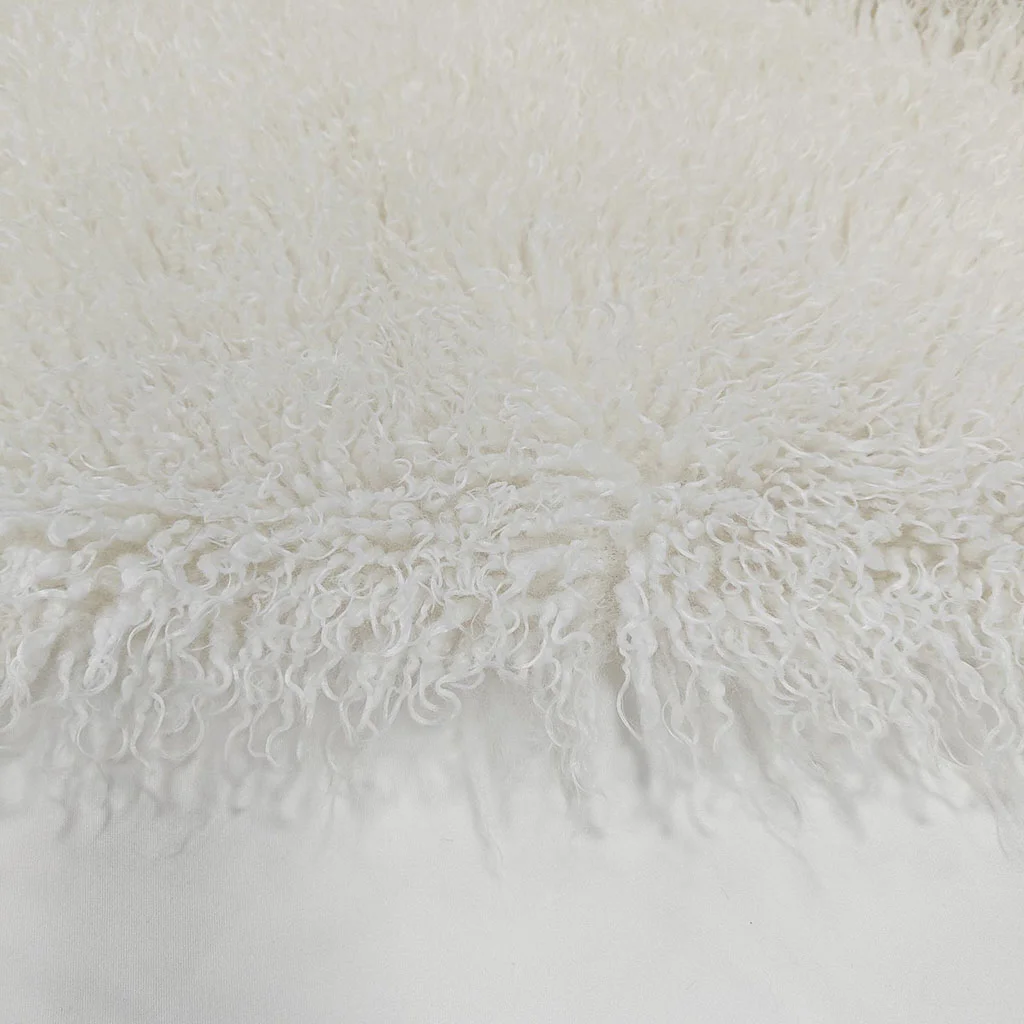In recent years, the fashion industry has faced increasing scrutiny over its environmental impact. As consumers become more conscious of their purchasing decisions, the demand for sustainable clothing materials has surged. This shift not only reflects a growing awareness of environmental issues but also highlights the importance of ethical practices in fashion. In this article, we will delve into some of the best sustainable clothing materials available today, examining their benefits, production processes, and potential impact on the environment.
- Organic Cotton: A Natural Choice
Organic cotton is one of the most popular sustainable materials in the fashion industry. Unlike conventional cotton, which is often grown with harmful pesticides and fertilizers, organic cotton is cultivated without synthetic chemicals. This not only reduces the environmental footprint but also promotes healthier soil and ecosystems.
Benefits:
- Biodegradable: Organic cotton is fully biodegradable, making it a more environmentally friendly option.
- Water Conservation: Organic farming practices typically use less water than conventional methods, contributing to water conservation efforts.
- Healthier for Farmers: By eliminating toxic chemicals, organic cotton farming protects the health of farmers and surrounding communities.
- Tencel (Lyocell): The Eco-Friendly Fiber
Tencel, also known as Lyocell, is a fiber made from sustainably sourced wood pulp, primarily from eucalyptus trees. The production process involves a closed-loop system that recycles water and solvents, minimizing waste and environmental impact.
Benefits:
- Sustainable Sourcing: Eucalyptus trees require less water and no pesticides, making Tencel a more sustainable choice.
- Soft and Breathable: Tencel is known for its luxurious feel and breathability, making it ideal for clothing.
- Biodegradable: Like organic cotton, Tencel is biodegradable, ensuring it won’t contribute to landfill waste.
- Hemp: The Versatile Wonder
Hemp is one of the oldest cultivated plants and is renowned for its durability and versatility. It grows quickly and requires minimal water and pesticides, making it an excellent sustainable option.
Benefits:
- Low Environmental Impact: Hemp cultivation improves soil health and requires significantly less water than cotton.
- Durability: Hemp fibers are incredibly strong, leading to longer-lasting garments.
- Natural UV Resistance: Hemp naturally provides UV protection, making it a practical choice for outdoor clothing.
- Recycled Polyester: Giving New Life to Old Materials
Recycled polyester, often made from post-consumer plastic bottles, is an innovative solution to reduce waste in the fashion industry. By repurposing plastic, brands can create high-quality fabrics without the need for virgin polyester.
Benefits:
- Waste Reduction: Utilizing recycled materials helps divert plastic waste from landfills and oceans.
- Energy Efficient: The production of recycled polyester typically requires less energy compared to virgin polyester.
- Versatile and Durable: Recycled polyester can be used in a variety of clothing items, from activewear to casual wear.
- Piñatex: The Sustainable Leather Alternative
Piñatex is a revolutionary material made from the fibers of pineapple leaves, a byproduct of the pineapple industry. This innovative fabric offers a sustainable alternative to traditional leather.
Benefits:
- Waste Utilization: By using agricultural waste, Piñatex helps reduce waste and provides additional income for farmers.
- Cruelty-Free: As a plant-based material, Piñatex is a vegan alternative to leather.
- Unique Aesthetic: Piñatex has a distinct texture and appearance, appealing to fashion-forward consumers.
- Linen: The Timeless Fabric
Linen, made from the flax plant, is another sustainable material that has stood the test of time. Flax requires fewer resources to grow than cotton and can thrive in poor soil conditions.
Benefits:
- Biodegradable: Linen is fully biodegradable, making it an eco-friendly choice.
- Breathability: Its natural breathability makes linen ideal for warm weather clothing.
- Durability: Linen is known for its strength and longevity, resulting in garments that can withstand the test of time.
Conclusion: Making Informed Choices
As the fashion industry continues to evolve, the importance of sustainable clothing materials cannot be overstated. By choosing materials like organic cotton, Tencel, hemp, recycled polyester, Piñatex, and linen, consumers can make a significant impact on the environment.


